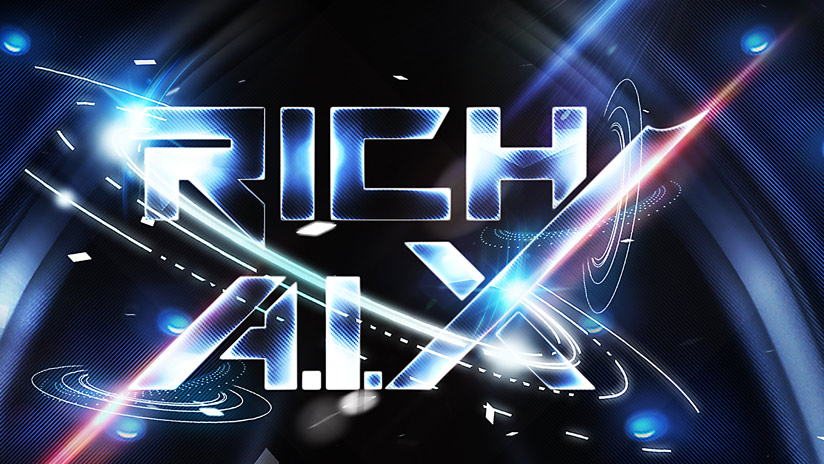AMAZON
Apple has poached another of Google’s top artificial intelligence researchers as part of the ongoing battle between tech companies to grab top AI talent.
Ian Goodfellow is one of the most prominent names in artificial intelligence, and previously worked at both Google and the Elon Musk-founded lab OpenAI. But, as first reported by CNBC, Goodfellow recently updated his LinkedIn profile to note that he is now working at Apple as a director for machine learning at the company’s Special Projects group.
It’s not the first time Apple has used Google as an AI talent incubator, with the iPhonemaker luring away Goodfellow’s former boss, Google’s head of AI, John Giannandrea, last April.
AI is a key technology for tech companies and finding researchers who can push forward cutting-edge products is a huge challenge. Google is generally seen as the world’s top AI company, but Apple also uses the technology throughout its products, powering everything from facial recognition to photography. The company is also working to develop autonomous systems for vehicles, a project that certainly requires top AI engineers.
/cdn.vox-cdn.com/uploads/chorus_asset/file/13762264/fake_ai_faces.png)
At 34, Goodfellow is young to be an AI researcher with so much clout. But he’s well known for his work inventing a type of AI system known as a generative adversarial network or GAN.
GANs are two-part networks, formed of both a generator and a discriminator. The generator is trained on a dataset and then tries to replicate it. It shows its work to the discriminator which attempts to distinguish between the training dataset and the new output. If it can tell the difference, it sends the generator back to the drawing board to try again.
This sounds abstract, but GANs have proved to be wonderfully productive little systems. They’re particularly good at generating fake photos, videos, audio, and text. Those AI-generated portraits of imaginary people? GANs. That software that turns your doodles into photorealistic paintings? GANs again.
None of this necessarily suggests that Apple has a particular interest in generating fake portraits or landscapes, but it shows that Goodfellow’s work has been influential and shaped the entire field of AI. He’s certainly the sort of person you’d want on your team. And who knows, maybe GANs can finally improve Apple’s subpar AI assistant, Siri.











